Design Thinking - User-Centered Problem Solving
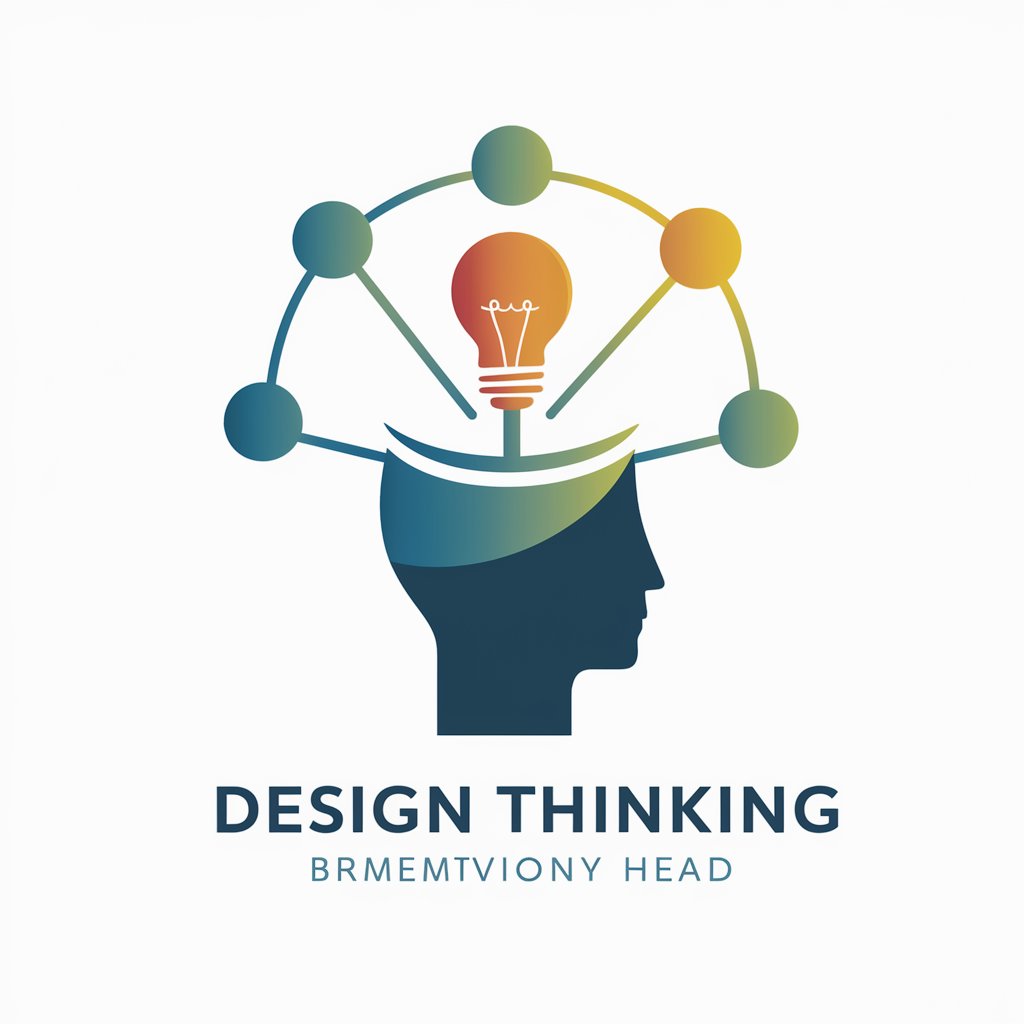
Welcome! Let's innovate and create together.
Empowering creativity with AI-driven design thinking.
What are the main challenges you're facing with this project?
How do you envision the end user's experience?
What are some creative ways we can solve this problem?
What feedback have you received from users so far?
Get Embed Code
Design Thinking: An Overview
Design Thinking is a human-centered approach to innovation that draws from the designer's toolkit to integrate the needs of people, the possibilities of technology, and the requirements for business success. It involves five main stages: empathize, define, ideate, prototype, and test. This process is iterative, allowing for a deep understanding of users and their problems, redefining issues, and creating innovative solutions. For example, a team developing a new mobile app for budget tracking would start by empathizing with potential users to understand their financial management challenges. They would then define the problem based on insights gained, ideate possible solutions, prototype the most promising ones, and test these with users, refining the app based on feedback to ensure it effectively meets users' needs. Powered by ChatGPT-4o。

Key Functions of Design Thinking
Empathize
Example
Conducting interviews and observations to understand user needs
Scenario
A design team working on improving a public transportation system might spend time observing and interviewing commuters to gain insights into their experiences, challenges, and needs.
Define
Example
Synthesizing research findings into clear problem statements
Scenario
After empathizing with users struggling to use a digital health platform, the team defines the core issue as 'Elderly users find the current interface complex and intimidating', focusing their efforts on simplifying the experience.
Ideate
Example
Brainstorming sessions to generate a wide range of ideas
Scenario
For a project aimed at reducing food waste in restaurants, the team might brainstorm various solutions, from developing a waste-tracking app to creating a system for donating excess food to local shelters.
Prototype
Example
Creating simplified versions of solutions to explore their potential
Scenario
In designing a new educational toy, the team builds a basic prototype using everyday materials to test the concept's feasibility and appeal to children before investing in more sophisticated development.
Test
Example
Gathering feedback on prototypes to refine solutions
Scenario
After prototyping a new online booking system for a small hotel, the team tests it with a small group of potential users, using their feedback to make adjustments that simplify the booking process and enhance user satisfaction.
Who Benefits from Design Thinking?
Product Designers and Developers
Individuals and teams developing new products or services benefit from Design Thinking by ensuring their solutions are deeply rooted in user needs and preferences, leading to more desirable and successful offerings.
Business Leaders and Entrepreneurs
Leaders and entrepreneurs use Design Thinking to drive innovation, solve complex problems, and create strategies that align with both customer desires and business goals, fostering a competitive edge in the market.
Educators and Students
In the educational sector, both teachers and students apply Design Thinking to enhance learning experiences, develop critical thinking skills, and foster a culture of creativity and problem-solving.
Social Innovators and Nonprofits
Organizations focused on social change leverage Design Thinking to develop solutions that address societal challenges in impactful and sustainable ways, ensuring interventions are user-centered and effectively meet community needs.

How to Utilize Design Thinking
Start Free Trial
Initiate your design thinking journey by accessing a free trial at yeschat.ai, offering a seamless experience without the need for signing up or subscribing to ChatGPT Plus.
Empathize with Your Audience
Understand the needs, experiences, and problems of your target audience through observation, engagement, and empathy to define the problem you aim to solve.
Ideate Solutions
Brainstorm a wide range of creative solutions by encouraging divergent thinking, challenging assumptions, and exploring different perspectives.
Prototype Your Ideas
Turn your ideas into tangible prototypes. Start with low-fidelity sketches or models that are quick and cheap to produce, allowing for rapid iteration based on feedback.
Test and Refine
Evaluate your prototypes with real users, gather feedback, and refine your solution iteratively. This step is crucial for making improvements and ensuring the solution meets user needs effectively.
Try other advanced and practical GPTs
Conflict Resolution
AI-powered conflict resolution made simple

Balanced Blueprint
Empowering holistic health with AI
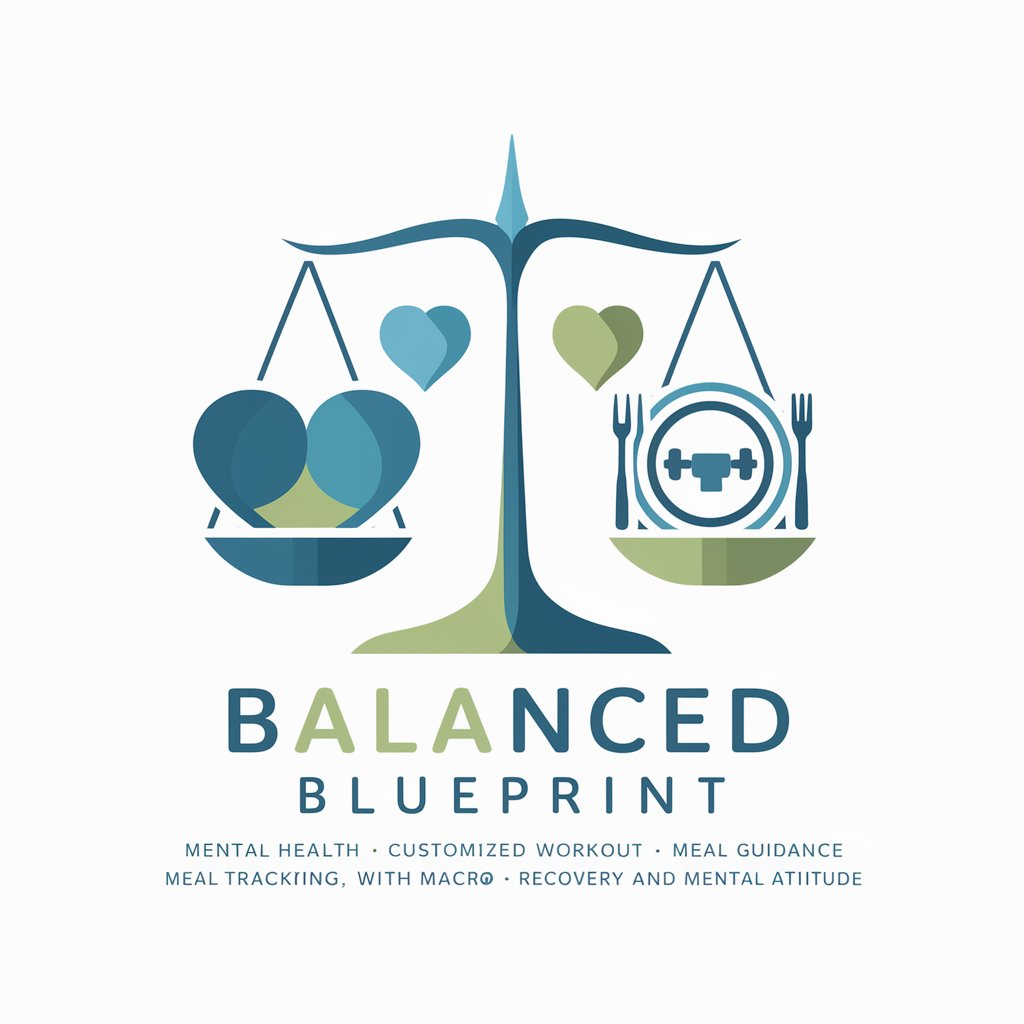
Pixel Face Quest by BotBot
Shape adventures with your digital identity.
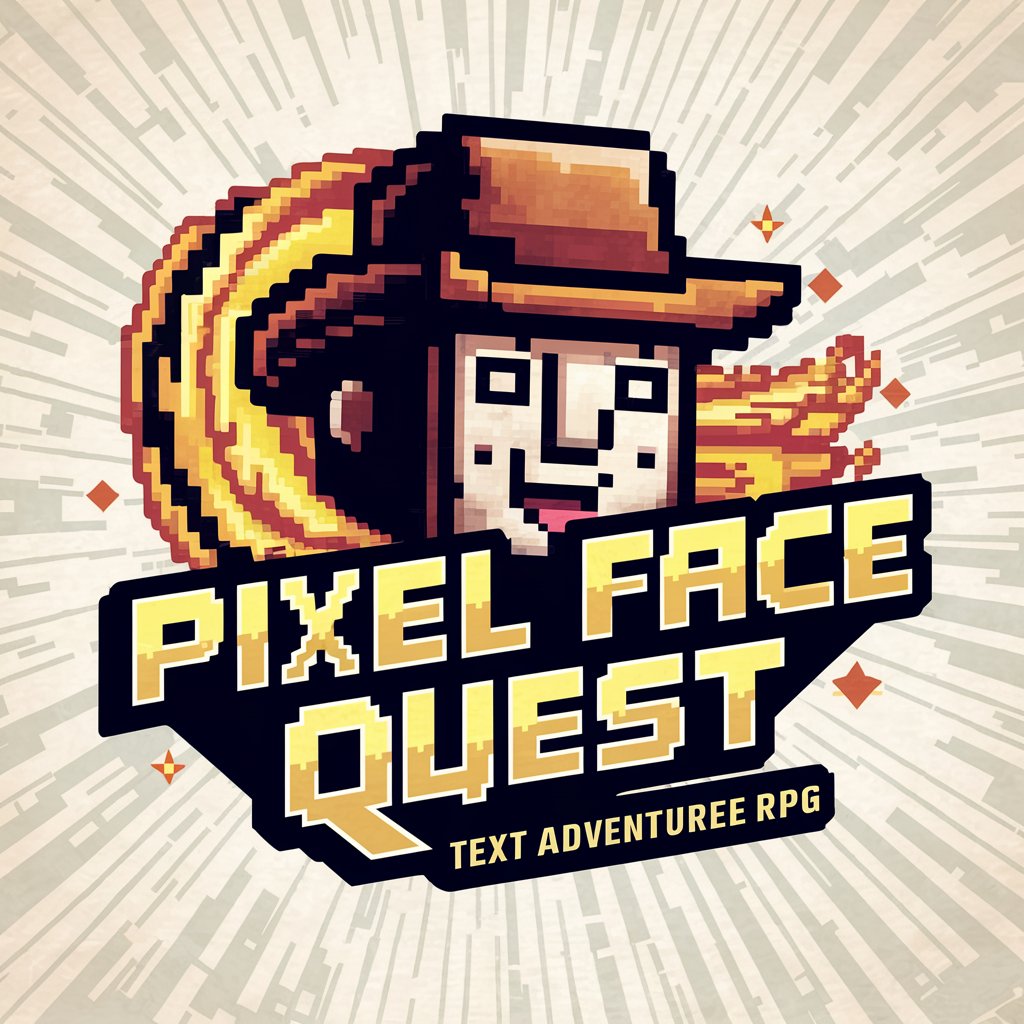
SEO Content Analyzer by Growthturn
Elevate Your Content with AI-Powered SEO Insights
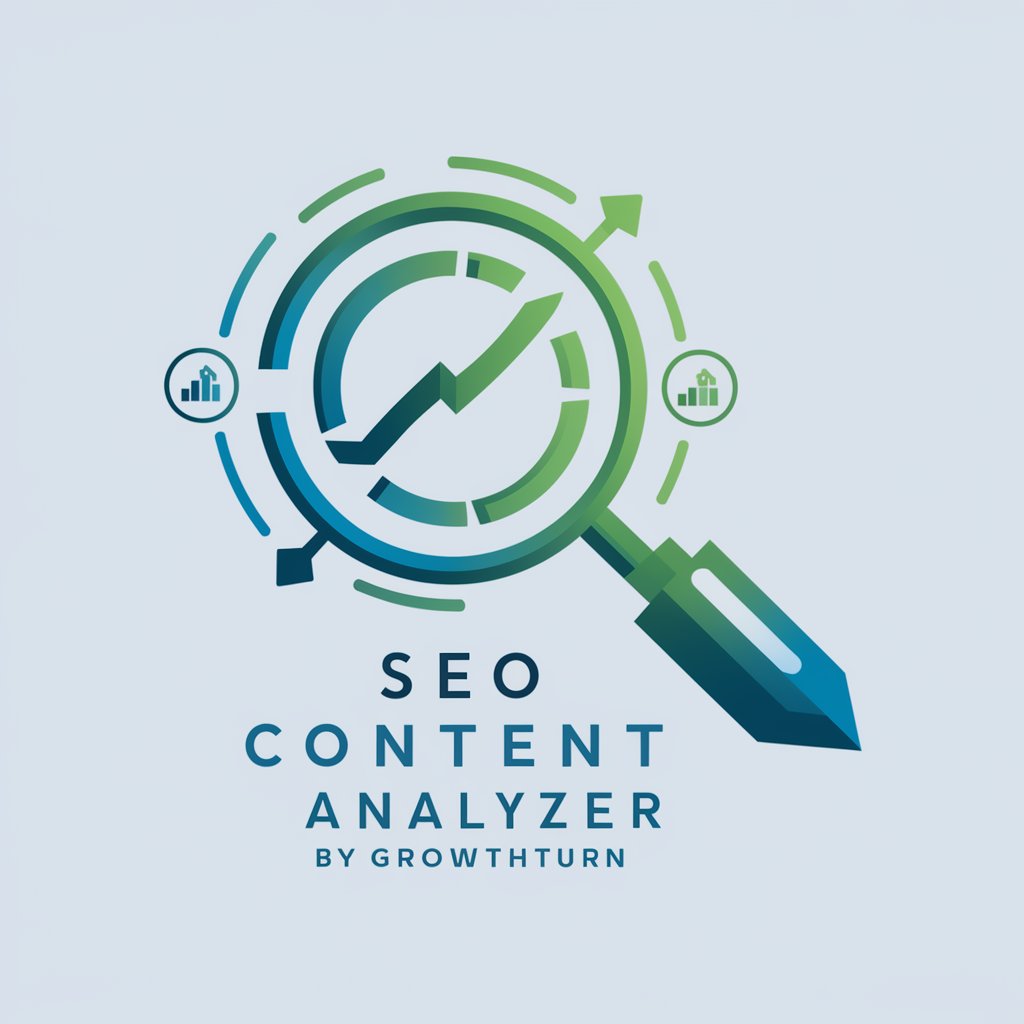
Systemic Scholar UNI by 23-I cohort
Making Systems Theory Fun and Accessible
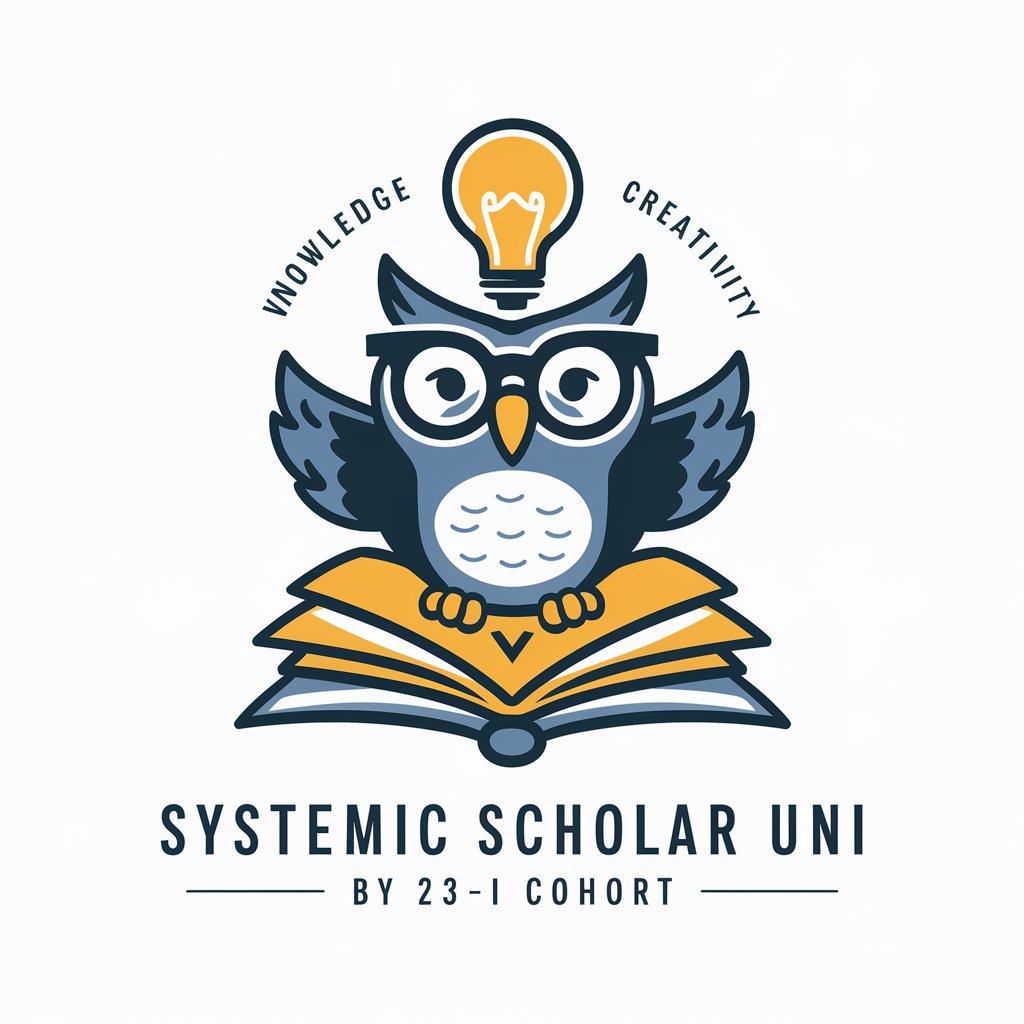
WomenHealthPro by thewomenhealthproject.com
Empowering women with AI-driven health insights.

James Laplanche
Empowering your creativity with AI
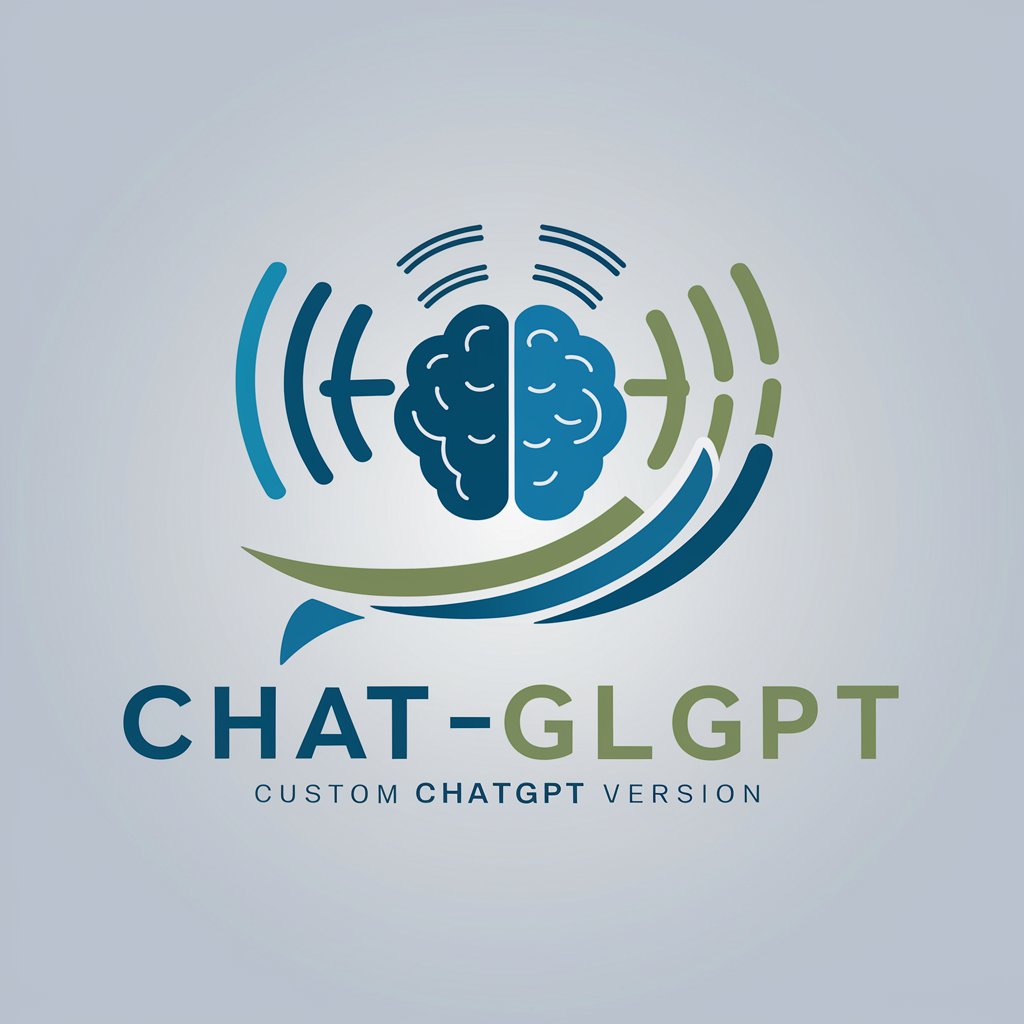
Talking in Any Language
Master languages through AI-powered conversations.
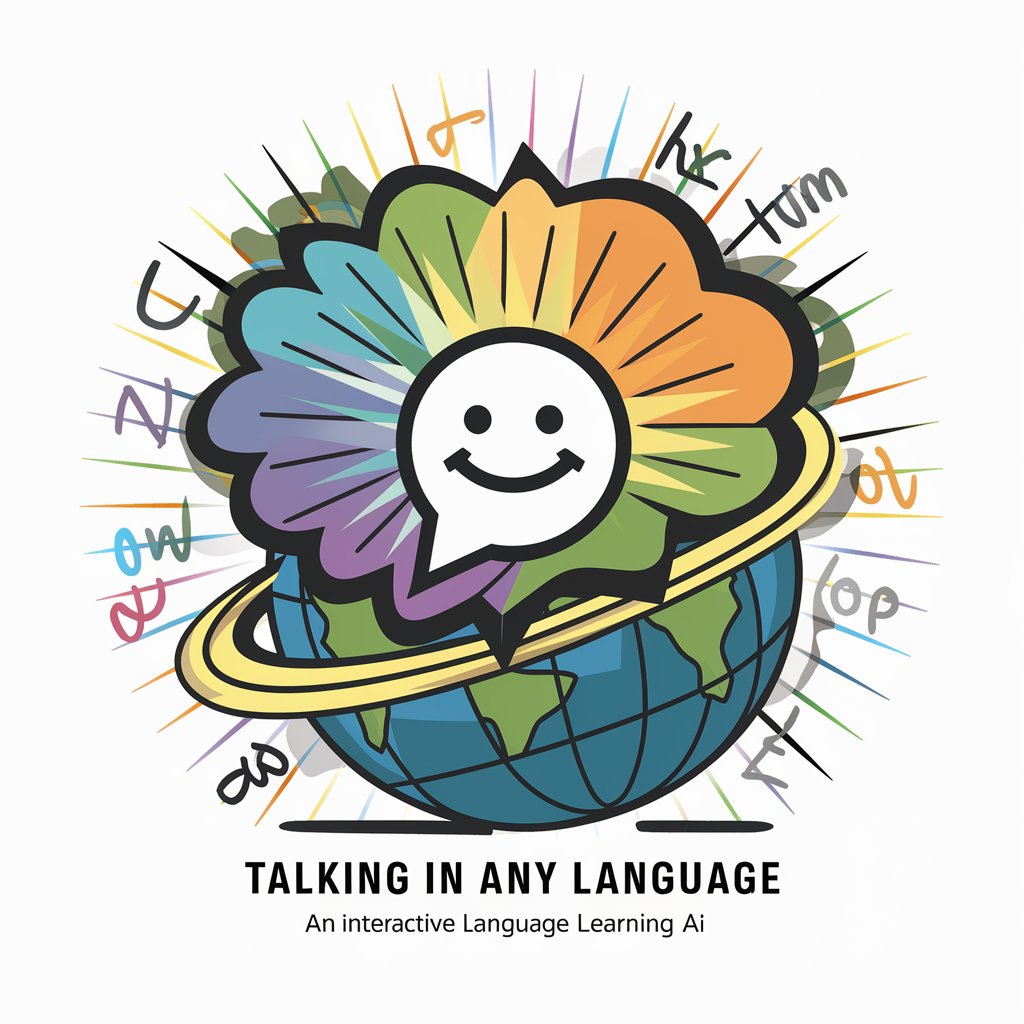
Comment créer un CV ? Une IA te guide !
Empower Your Job Search with AI
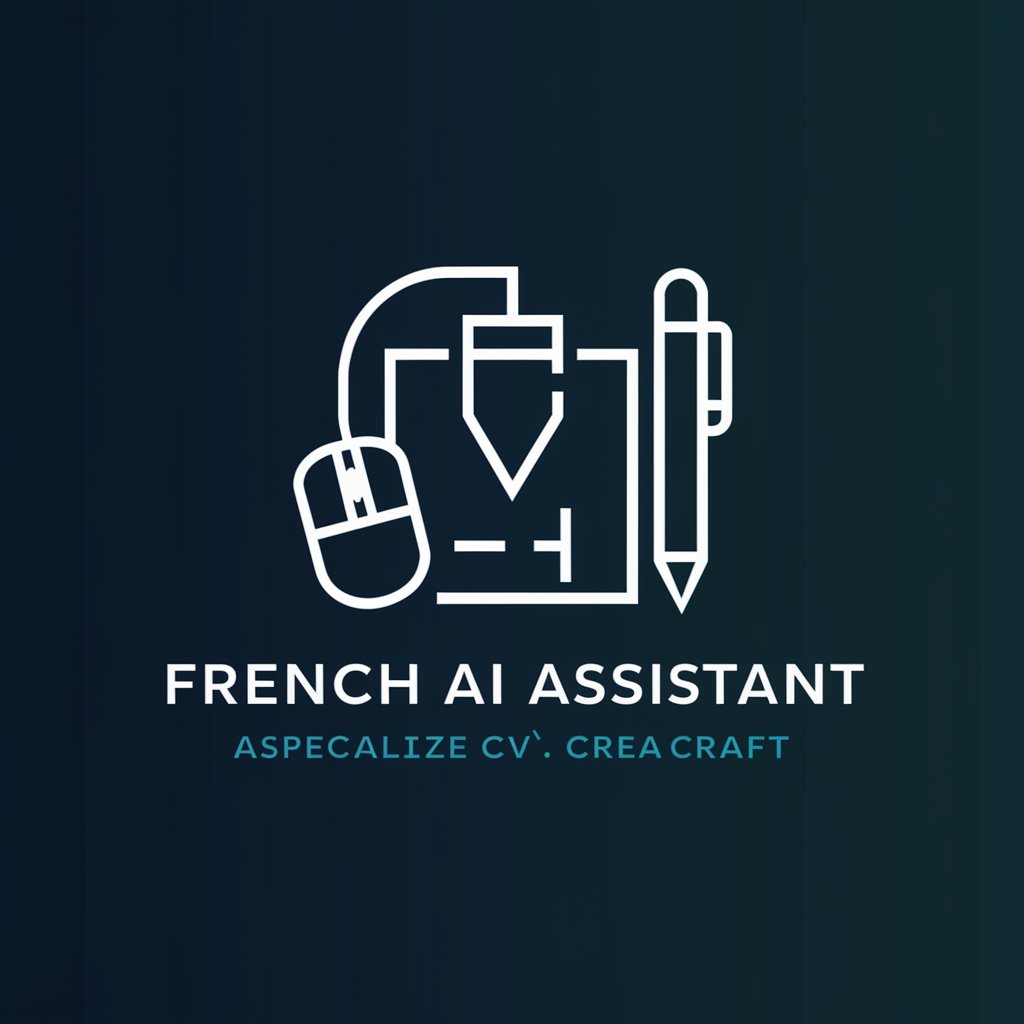
Heartfelt Advisor
Empowering decisions with AI guidance

CD Commerce Marketing Pro
Elevate Your Marketing with AI Power
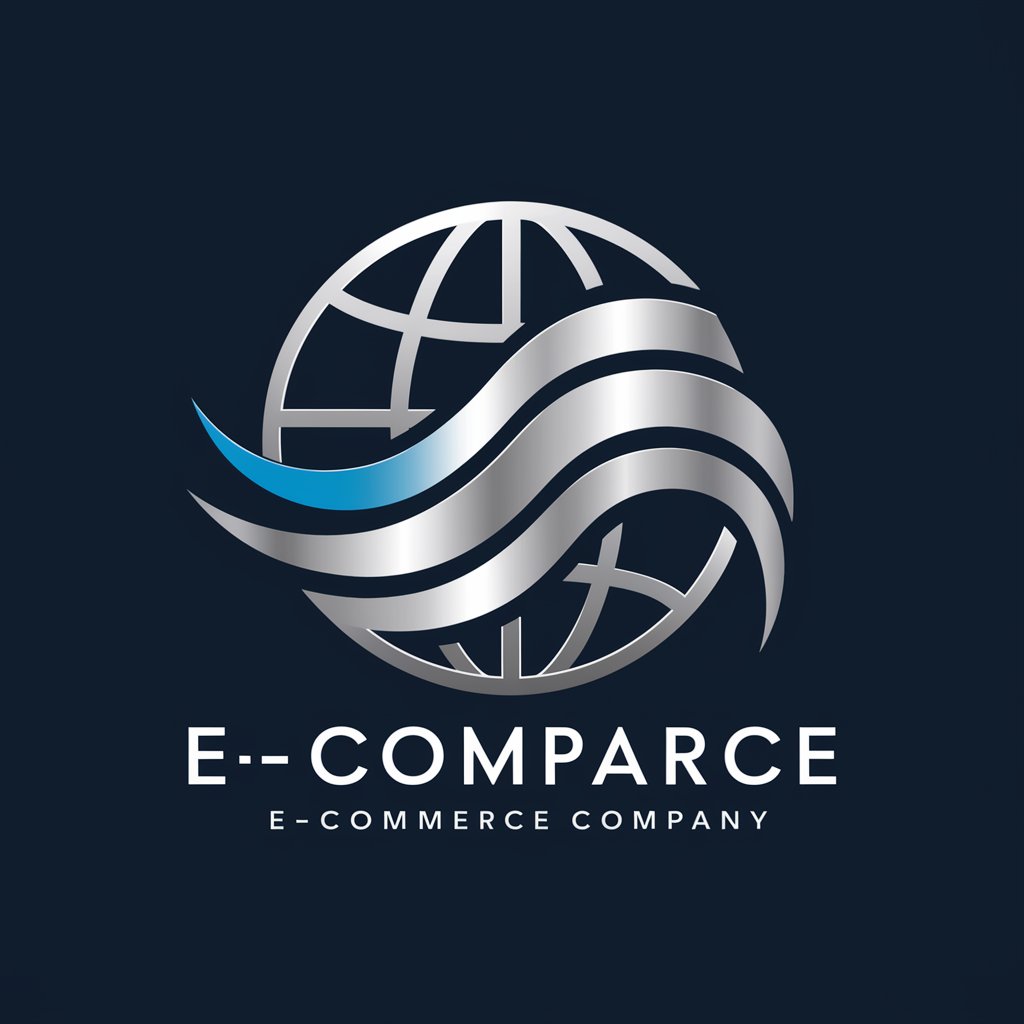
Ticket Drafter
Streamlining Feature Development with AI
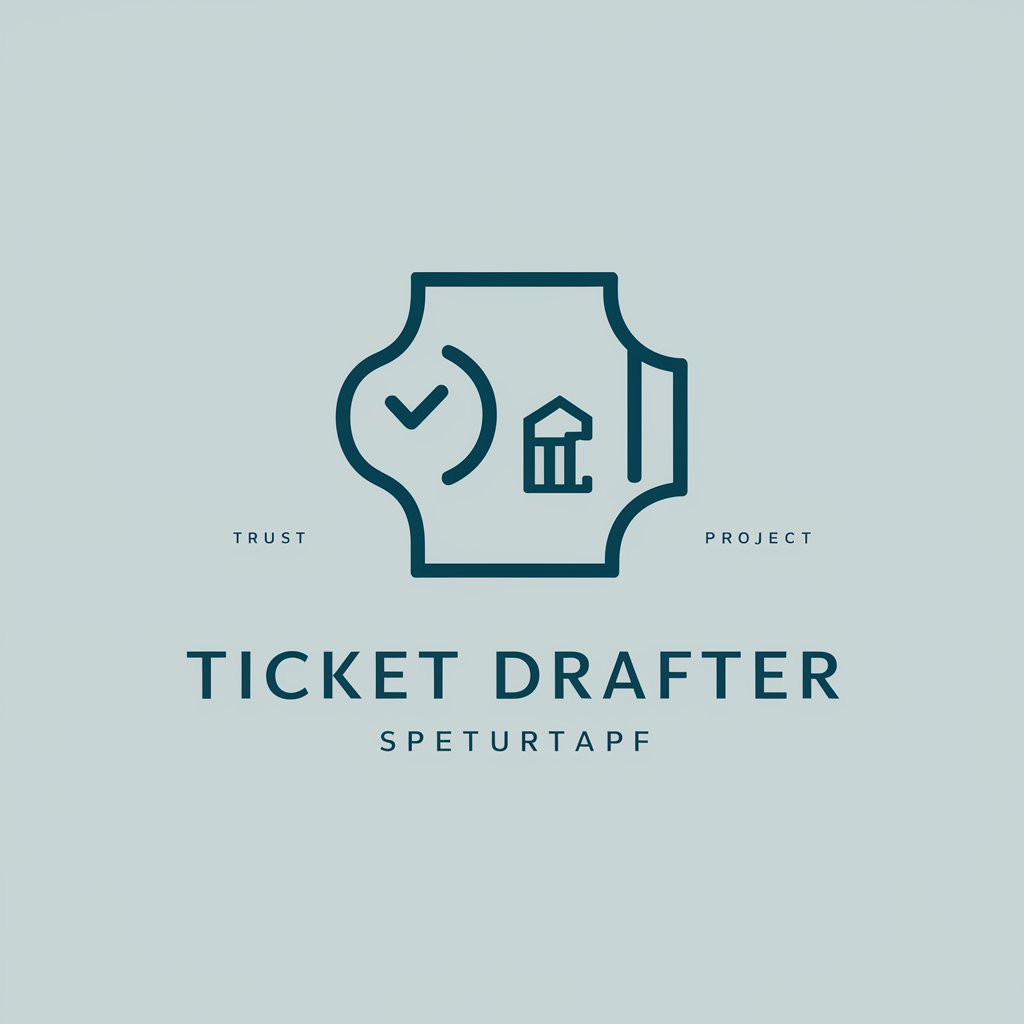
Frequently Asked Questions about Design Thinking
What is Design Thinking?
Design Thinking is a user-centered approach to problem-solving that involves empathizing with users, defining problems, ideating solutions, prototyping, and testing. It encourages businesses and individuals to focus on the people they're creating for, leading to better products, services, and internal processes.
How can Design Thinking benefit my organization?
Design Thinking can lead to innovative solutions that deeply resonate with customers. It fosters a culture of experimentation, collaboration, and empathy within teams, ultimately driving business growth, enhancing customer satisfaction, and encouraging continuous learning.
Can Design Thinking be applied to non-design problems?
Absolutely. Design Thinking is a versatile approach that can be applied to a wide range of challenges beyond traditional design, including business strategy, organizational change, education, and social issues. Its core principles of empathy, creativity, and experimentation are universally applicable.
What are some common tools and methods used in Design Thinking?
Common tools include user interviews, personas, journey mapping, brainstorming sessions, prototyping materials, and usability testing. These tools help in gaining insights into user needs, generating ideas, and validating solutions.
How do I implement Design Thinking in a remote or virtual environment?
Leverage digital collaboration tools like virtual whiteboards, video conferencing, and project management software. Remote settings can actually enhance the Design Thinking process by enabling diverse perspectives and flexible, asynchronous collaboration.
